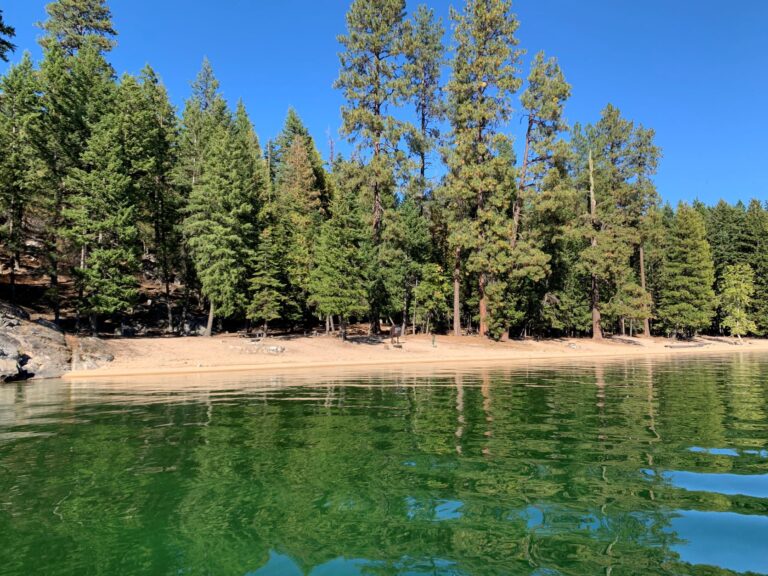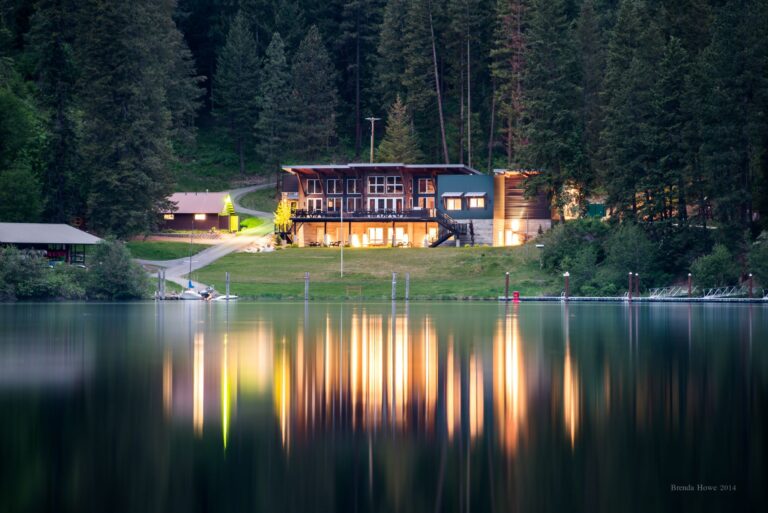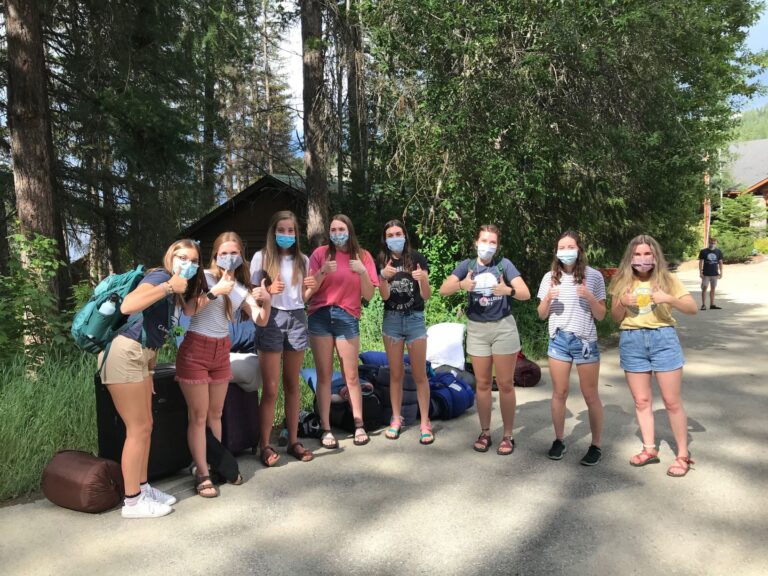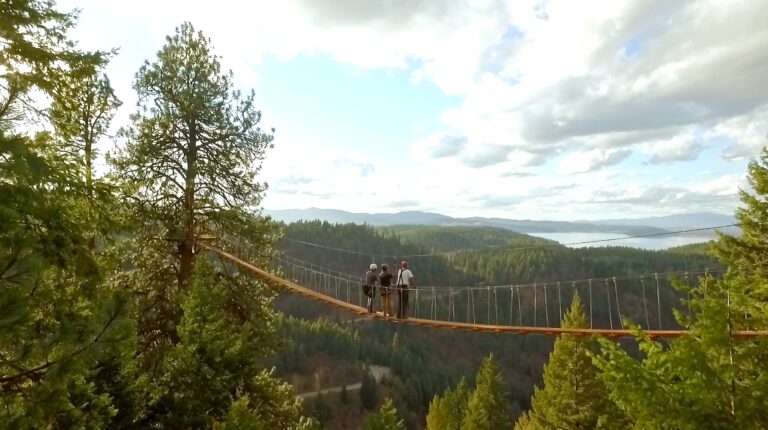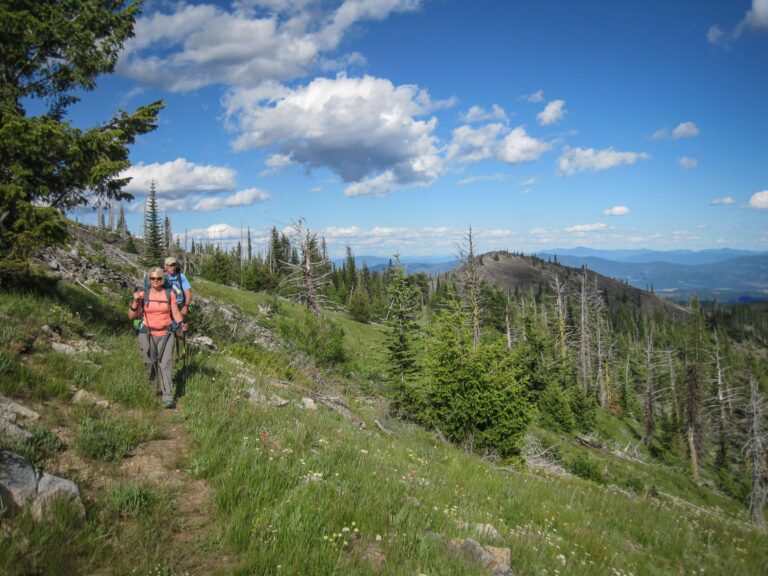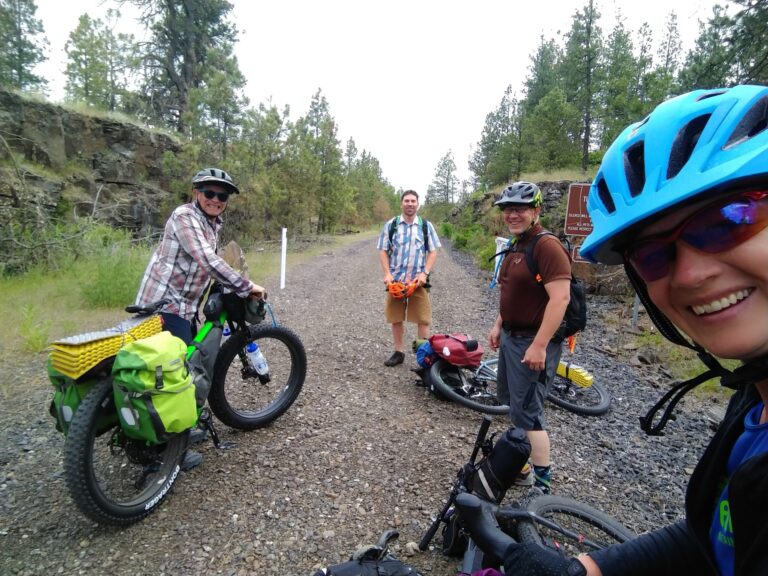By Ammi Midstokke
Cover photo courtesy of Bri Loveall
Recently, a sad day had me feeling profoundly robbed of my sense of agency and rather disappointed in humanity. On such a day, even being human feels a shameful thing.
Then I happened across a forester named Ethan Tapper using a vocabulary of optimism I’d long discarded. He talked about our ability to cohabitate with nature and restore forests, all while wearing a presumably naïve smile and petting plants like he was some botany version of Mr. Rogers. Whatever pine needle tea or wild ginger this guy was consuming, I needed to get my hands on it.
So I asked him for a copy of his book, “How to Love a Forest: The Bittersweet Work of Tending a Changing World.”
Really, what I wanted to know was how to restore my hope. I thought I knew how to love forests, but somewhere between my soft-hearted conservationism and my use of paper towels, there is a dissonance. Somewhere between my dedication to organic growing and the dogged immortality of tansy is a dream of a backpack full of herbicide.
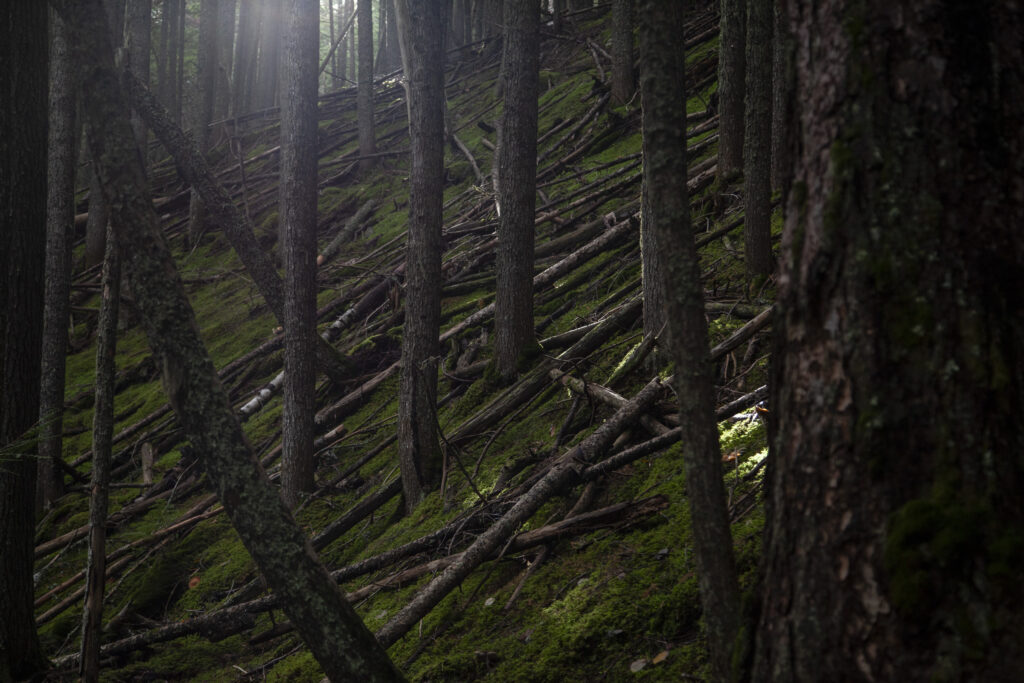
In Tapper’s book, he tells a story of buying 175 acres of logged decimation—probably for like twelve dollars, because it’s in Vermont and appears to be beneath a power line and next to a highway and all the good trees are gone. Invasive species have crept in. The deer are over-populated and chewing off the hopeful tree shoots. Various blights and plagues of generations are ever-present in the trees. The broad and lasting impacts of settlement in this country are evident even on his razed lands: in the plants, the animals, the way the soil responds to rains, what is resilient and what is no longer.
Tapper sets about restoring it with tenderness, education, and humility. He even uses *gasp* weed killer. He admits that what is an accepted best practice today might be disproven tomorrow. He knows that his tiny plot of land is less than a drop in the bucket, but it is more than nothing.
While I now feel compelled to go to forestry school because I suspect that loving a forest relies on a certain bit of education, what I am most inspired to do is more than nothing.
There’s this cedar tree in my yard that has three extra trunks coming off the bottom of it, slowly sucking the life from the primary tree, and I cannot bring myself to fire up the chainsaw. I have anthropomorphized nature. I don’t want these spindly trunks to get their feelings hurt. The Ponderosas, though… they are the bullies of my coniferous world and I readily cut them down so the firs can recover. I know I must do the same to my cedar. And tansy, I’m coming for you…by whatever means necessary.
At times, Tapper’s use of the word “legacy” felt redundant until I paused to understand the importance of it: the long-lasting impact of particular events, actions, etc. that took place in the past, or of a person’s life. It is not about having a library named after oneself. It’s about the seeds we plant, figurative or literal, and what they in turn grow to become.
This is an agency we all have. Whether we become backyard radicals by replacing our lawns with something more meaningful than manicured, or we add flowers on our patios for bees to pollinate, or we put swaths of land in conservation: We can contribute to the hope of restoration. And that is something.
Ammi Midstokke lives in the woods. This spring, she’ll be learning how to better love the little piece of forest she stewards.



